Editor’s note: This article is the second of three parts of a special report by South Dakota News Watch. The “Small Towns, Big Challenges” series was supported in part by a grant from the COVID-19 Local News Relief Fund Grant Program sponsored by Facebook. Part three will appear next week and feature profiles of small towns on the cusp of change and highlight a pair of committed rural practitioners.
The COVID-19 pandemic has placed a significant and unexpected financial burden on rural health-care providers who were already struggling to maintain hospitals and clinics that help keep small-town residents — and their communities — alive and well.
A slowdown in patient visits and drop in medical procedures due to fears of spreading the virus have led to a major loss of revenues for medical providers and health-care systems that serve rural areas. While the virus has not led to mass infections in small towns, the drop-off in activity and billable services has put stress on the already fragile financial state of many rural clinics, small hospitals and dental offices.
With the first wave of the pandemic possibly over, more safety measures in place and life returning somewhat to normal, most clinics and hospitals in rural South Dakota have headed off any imminent concern of closure.
Yet in a rural health-care system made up of a patchwork of providers and hospital systems, the losses from the pandemic could curtail the hiring of health-care workers, slow plans to expand services, and further restrict access to health care for hundreds of thousands of small-town and rural residents of the state.
In a state of 885,000 people spread out over roughly 76,000 square miles, and with only nine of 66 counties having more than 20,000 people, South Dakota is among the most rural of all states and home to a heavily diffused population. Even before the pandemic, that equation presented a major challenge for health-care providers to serve small-town and remote populations, and do so in a financially viable manner. Likewise, rural residents have a hard time getting adequate preventive, maintenance, emergency and palliative health care.
“Do I think rural health care is at risk? Absolutely,” said Thomas Worsley, president of Spearfish Hospital and Hills Markets for Monument Health, the largest medical system in West River with its flagship hospital in Rapid City and smaller facilities in Hot Springs, Custer, Sturgis, Lead-Deadwood, Wall and Buffalo, among others. “It’s always going to be at risk because it’s not a profitable endeavor or something that is going to attract big dollars, but it’s something that fills a real need in these rural communities.”
Worsley, who also serves on the Future of Rural Health Task Force within the American Hospital Association, said the challenge for rural health-care providers and hospital groups is to maintain the highest level of care possible while also protecting the overall financial viability of the health-care system.
“If you polled all these rural health-care CEOs [on the task force], I think they all feel like they’re fighting for their lives on a daily and yearly basis,” he said.
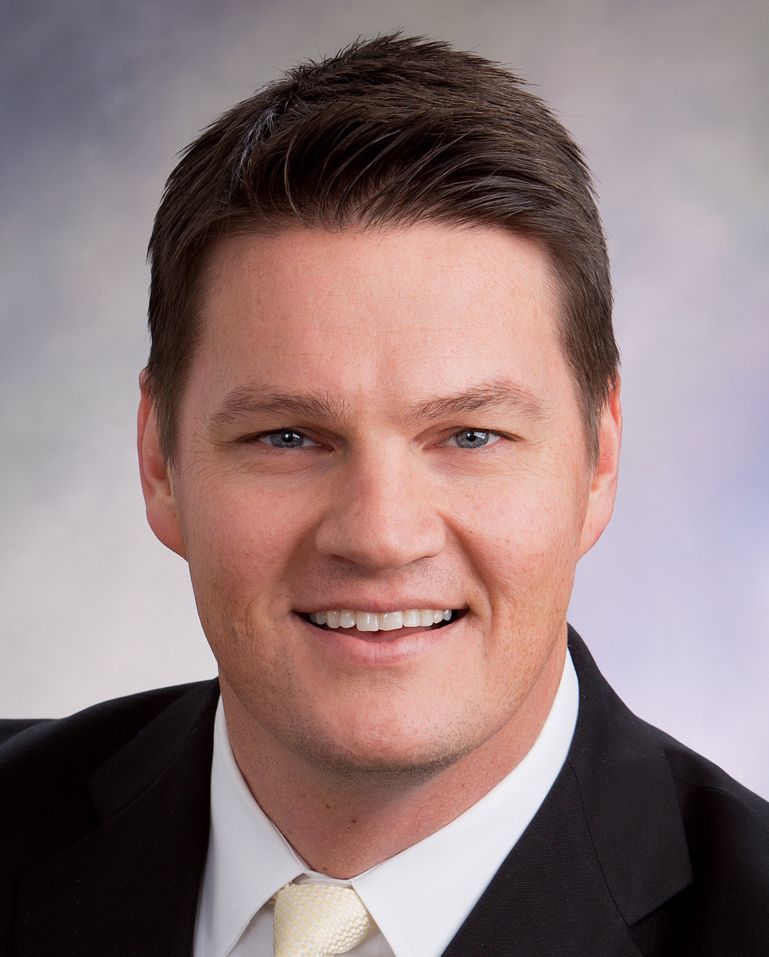
“Do I think rural health care is at risk? Absolutely. It’s always going to be at risk because it’s not a profitable endeavor or something that is going to attract big dollars, but it’s something that fills a real need in these rural communities." -- Thomas Worsley, Monument Health
Horizon Health Care, a rural health provider with more than two dozen medical and dental clinics in small towns across South Dakota, saw its revenue fall by roughly half in the weeks after the pandemic hit and patients began staying home, according to Wade Erickson, chief financial and operations officer.
By early June, patient activity and revenues had returned to about 90% of normal, Erickson said, and the group benefited from receiving about $3 million in emergency aid from the federal CARES Act pandemic bailout fund.
The aid and bounceback in procedures have been critical to Horizon, based in Howard, S.D., but especially to its patients in rural communities who are never turned away because of ability to pay, Erickson said. About a third of Horizon’s funding comes from the federal government, and about 20% of its patients are uninsured.
“In really rural communities where we are, just about touching every corner of South Dakota, we’re really the only access to care that they have,” Erickson said.
Access to health care remains a serious challenge in much of rural South Dakota, where federal data show that residents tend to have greater rates of serious illness and death from diseases and far less access to doctors, nurses and dentists than in the state’s few urban areas.
Rural residents “face a unique combination of factors that create disparities in health care not found in urban areas,” according to the National Rural Health Association.
The South Dakota Office of Rural Health has performed a needs assessment that ranks all 66 counties in terms of resident health status, access to health care and other health-risk factors. Ten counties — all rural and several home to Native American reservations — have consistently ranked in the bottom quartile in all health and access categories (Buffalo, Bennett, Corson, Dewey, Gregory, Jackson, Mellette, Roberts, Todd and Ziebach.)
The pandemic has heightened the challenge of providing medical care to rural areas and small towns that the vast majority of South Dakotans call home.
In rural South Dakota, serious health problems are more common while health care is less accessible
Rural South Dakotans have a higher rate of death from many health conditions, a higher prevalence of poverty and less access to health-care providers than non-rural residents, according to data from the Rural Health Information Hub. The following data show the rate of death per 1,000 residents or the prevalence of diseases in percentages in non-rural (metro) and rural (non-metro) areas.
CONDITION NON-RURAL RATE RURAL RATE
Heart disease 47.6 per 1,000 63.4 per 1,000
Cancer 72.3 per 1,000 86.4 per 1,000
Stroke 8.8 per 1,000 12.1 per 1,000
Lung/COPD 16.4 per 1,000 22.6 per 1,000
Accidental death 17.1 per 1,000 25.7 per 1,000
Diabetes 9.1% 10.6%
Obesity 30.7% 32.5%
Poverty 9.3% 16.2%
Child poverty 14.5% 19.1%
Healthy food access 49.7% 25.1%
Life expectancy 80.3 years 78.9 years
Meanwhile, doctors, dentists and nurses are far less accessible to rural residents of South Dakota compared to non-rural residents. The data indicate the number of practitioners available per 1,000 residents in 2018.
PRACTITIONER NON-RURAL RATE RURAL RATE
Physician 38.3 per 1,000 12.2 per 1,000
Dentist 8.5 per 1,000 5.4 per 1,000
Physician asst. 20.0 per 1,000 9.3 per 1,000
Nurse pract. 13.0 per 1,000 6.6 per 1,000
Notes: Death rates are rates per 1,000 residents from 2005-2016; illness percentages are from 2018; life expectancy is from 2014. Rural/non-rural designation based on population of counties. Sources of data include National Center for Health Statistics, Health Resources & Services Administration, Kaiser Family Foundation and U.S. Census.
The rural medical system in South Dakota varies by location, but in general, health care is provided through an informal continuum of care in which patients must travel more owing to the remoteness of their residence or as their care needs increase.
The smallest towns and most remote areas likely have no local health-care provider; as towns get larger, they are more likely to have non-emergency clinics that provide basic diagnostics or treatment during regular business hours; medium-size cities often have a “Critical Access Hospital” with 24/7 emergency services and greater diagnostic and treatment capabilities that qualify for significant federal funding; and urban areas are home to full-service hospitals with critical care, extensive diagnostics, multiple surgical options and specialty providers.
In major medical emergencies, rural residents can expect to drive hundreds of miles or pay for a ride in an ambulance or a helicopter in order to survive, making local ambulance services and emergency medical technician teams critical elements of the health-care delivery systems in rural areas.
During the pandemic, the urban medical centers in South Dakota collectively lost hundreds of millions of dollars in revenue due to a lack of elective surgeries and routine and preventive care. Though federal emergency funding has helped counter those losses, some staff was laid off and the long-term impacts are still unknown.
Because they already had small staffs, most rural clinics were unable to cut positions or reduce services, though those providers also aren’t yet sure what the future may hold as billing cycles close and revenue reductions become fully clear. As a result, the long-range effects of the pandemic on rural health care in South Dakota are not yet known.
“Imagine running an operation that is mostly staff salaries and your revenue is cut in half or by a third, and you still have to try to make that work,” said Shelly Ten Napel, CEO of the Community Healthcare Association of the Dakotas, which represents rural health providers.
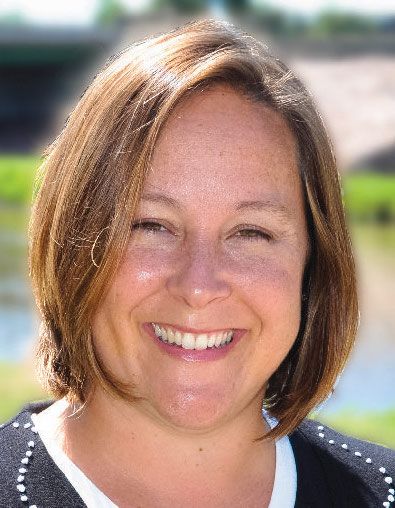
Before and during the pandemic, Ten Napel has lobbied for greater state and federal support for community hospitals and clinics.
“Without help, we would not make it through this, or we would just make it and it would be such a different picture of [which] communities providers can afford to be in,” she said.
Even with federal CARES Act aid, however, Ten Napel said elected officials, policymakers and the public must think deeply about the need for rural health care and find ways to continue to support providers who serve small communities.
“It’s kind of mind-blowing when you see your revenue crater,” she said. “We as a community need to figure out what services we think are important and figure out a way to support that. It’s not enough to say, ‘Well, this is a small town, it’s not economically viable so they’re just not going to have health care. We need to collectively figure out a reasonable set of services that can be provided.”
Ten Napel and others say that if rural health care is allowed to diminish, small towns in South Dakota and across the country — and the cherished way of life they provide — may falter or even cease to exist.
“We talk about the life of a town and a community and we’ve all seen different exoduses from Main Street, but once you get down to losing your health care, your school, your grocery store, a few of those core entities, at what point does a community become non-viable?”
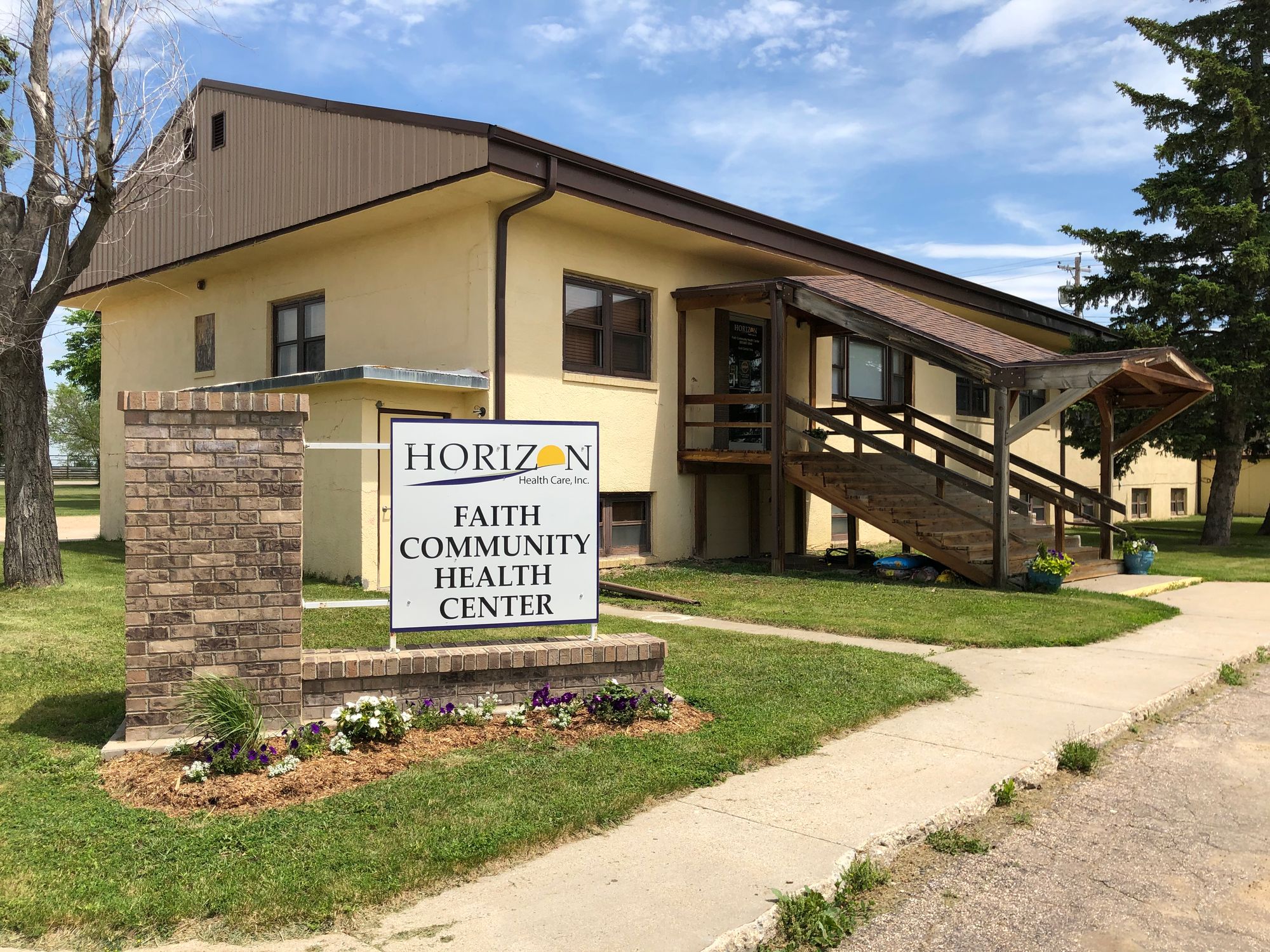
Medical access a trade-off in rural areas
Federal data show that rural residents fare worse than their urban counterparts in several health-related categories, such as death rates from cancer, heart and lung disease and from accidents. They also tend to have higher rates of obesity and a lower life expectancy. While attitudes about medical care may play a role, medical experts say a lack of access to preventive care and a variety of treatment options is also a factor.
Conversely, some rural residents, such as farmers and ranchers, tend to be hearty and remain healthy into their elderly years, Worsley said. But they may also eschew preventive treatment and tend to suffer from slow-progressing illnesses like skin cancer and orthopedic problems that crop up after years of agricultural work.
Many small-town residents in South Dakota accept the trade-off they make when choosing a remote, rural lifestyle that doesn’t include access to immediate or high-level medical care, Worsley said.
“The folks that live in those communities understand that they are not going to have at-the-elbow, immediate access to care, and that’s one of the understandings they have about living in those locations,” Worsley said. “I’m not sure those small towns need a cardiologist or a surgeon, but they really need strong access to primary care.”
Rural clinics and hospitals in medium-size cities are a critical part of the health-care spectrum in rural America, providing basic care in small towns and more advanced diagnostics and treatment in the larger communities, he said.
Monument clinics in towns like Buffalo, Belle Fourche, Hill City, Hot Springs and Wall are able to provide rural residents with routine care but also foster strong relationships between provider and patient that allow for diagnosis and treatment of more serious issues.
In rural clinics, nurse practitioners or physician’s assistants are able to provide basic care and can also save lives by referring patients to more well-equipped facilities when the need arises.
Rural providers also may perform a variety of functions in the same community, Worsley said. A small-town physician or provider may manage an emergency room, treat patients as a family doctor and also oversee care at a nursing home, for example.
Worsley said small clinics, even those with only basic care, are critical components of what a rural community needs to retain population, attract new residents and establish a healthy economy. Those factors are crucial to maintaining population and economic stability in small towns that have historically been on the decline in South Dakota.
“Any kind of a business that wants to be located in a small community, they’re always going to look at what access to health care do employees have,” he said. “Education, public safety, there’s a very short list of things people want to look at when considering a move to small communities, and health care is right there at the top.”
A rural clinic or small hospital is also an economic driver and creator of jobs that help rural communities thrive, Worsley said.
“I would say it’s vital,” he said. “If you think about what are good jobs that folks who grow up in a small community can come back to, health care would surely fall into that category.”
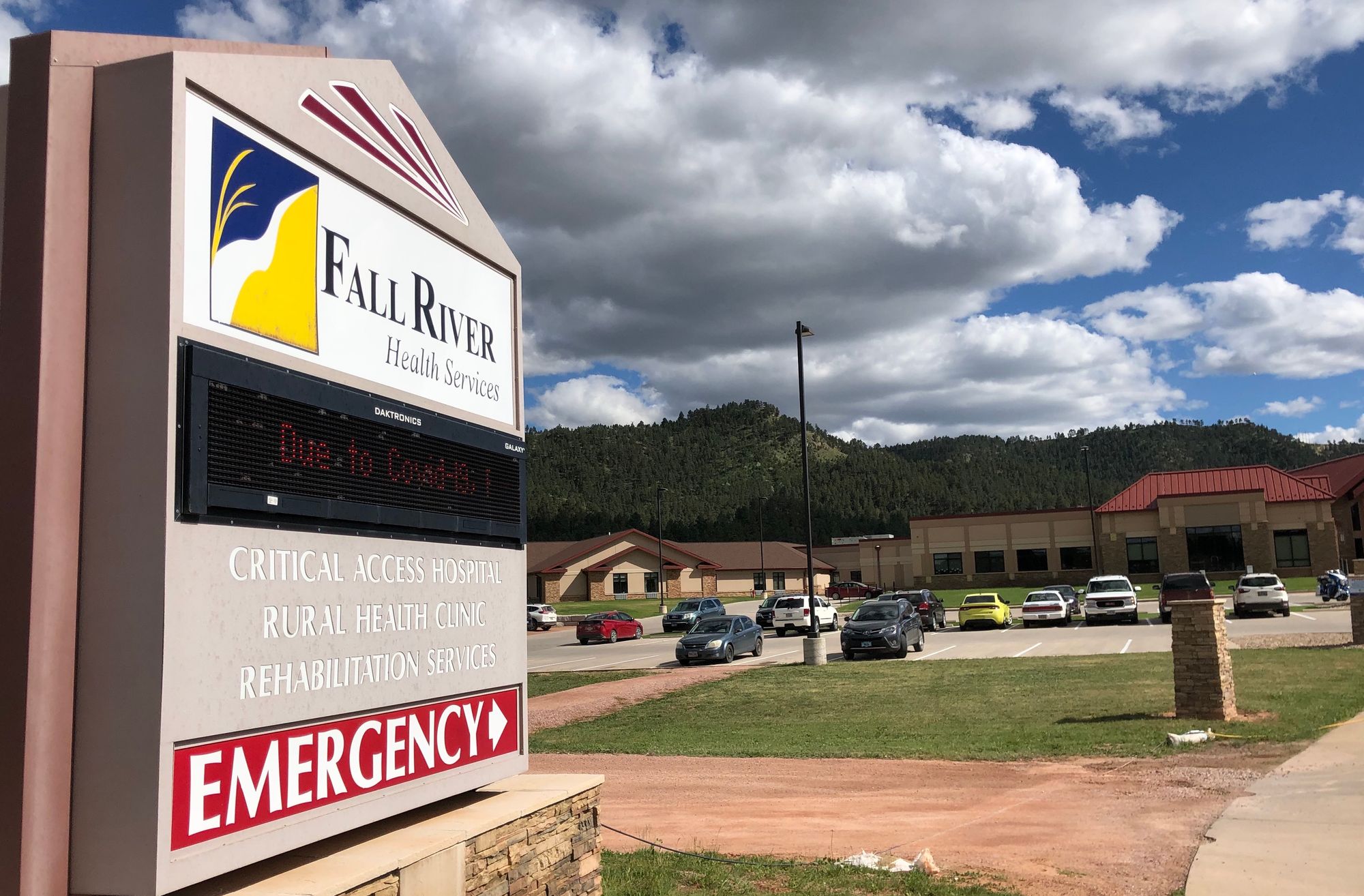
Small-town health care in rural areas across the country is supported by the federal Critical Access Hospital program, which provides targeted funding through a federal Medicare reimbursement program for small regional hospitals with 25 or fewer beds.
Bryan Breitling is the regional administrator at Hand County Memorial Hospital in Miller, a critical-access hospital that is part of the Avera Health system. Breitling said critical-access facilities were better-positioned to withstand the revenue drop associated with the pandemic than urban medical centers.
“COVID-19 is going to have less of an impact on critical-access hospitals [than] it will have on our more urban counterparts,” Breitling said. “We do have a cost-based reimbursement mechanism in there from Medicare … and so, from that standpoint, we’re going to largely be protected.”
Yet despite those protections, the 38 critical-access hospitals in South Dakota — including facilities in Armour, Burke, De Smet, Eureka, Freeman, Mobridge, Parkston, Philip, Viborg, Webster and Winner, among others — have also taken a financial hit, Breitling said.
“The revenues have taken a dive, clearly. So anyone who presents through the emergency room who has a broken arm or a heart attack, those types of patients are still being seen and being cared for,” he said. “It’s the patients that used to come in for routine physicals, for screenings, all of those traditional regular health-related issues. Those have essentially ended for the last two months and so we’re in the process of restarting those again, and that’s where a lot of that revenue issue is.”
The drop in people seeking medical treatment during the pandemic may have unexpected consequences, including among patients who miss an annual physical and could be exposed to greater danger from slow-developing illnesses such as skin cancer.
Breitling said one pressing concern is that children may be less protected against other illnesses upon returning to school in the fall.
“There are some stats out there that say over the last couple of months, fewer people have brought their kids in for wellness visits, which translates into fewer vaccinations and things like that,” he said. “So we need to get back to the vaccinations to get them protected this fall once the traditional cold or flu season comes into place.”
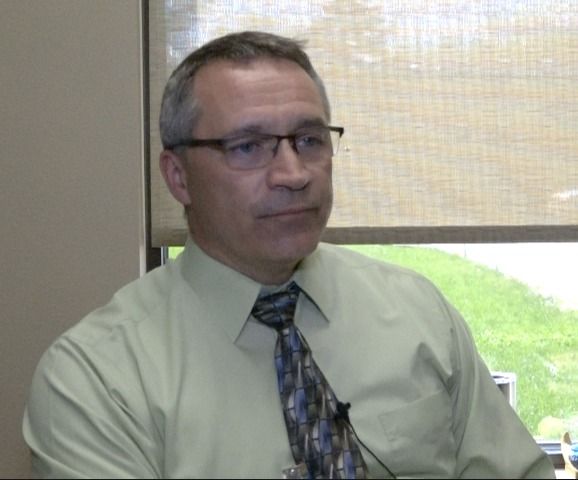
Recruitment a challenge; telehealth on the rise
Recruiting doctors, nurses and dentists to practice in towns of 2,000 people or fewer has been an ongoing challenge for health-care systems and rural hospitals.
Some practitioners seek higher pay, greater social options, easier access to housing, and the prestige of working in big-city hospitals, and are not interested in living in a small town in the early stages of their careers.
Horizon Health Care is in almost constant need of qualified personnel and tries to highlight the benefits of living and working in a small community when pitching prospective employees, Erickson said.
“It is hard at times because a lot of times they see the money, and money talks, and we try to compete as best we can with salaries,” he said.
But Horizon has had success in attracting practitioners who either grew up in a small town or who see the value in providing a service that is absolutely critical to the community and its people, and in living in a safe, quiet community, Erickson said.
“We have this opportunity in rural places to bring back true primary care through the entire life spectrum, and there’s great satisfaction in that,” he said. “There’s this great opportunity to see kids all the way up to our elder populations, and there’s a challenge in that you’ve got to know a lot more things.”
Federal programs that allow new practitioners to eliminate part or all of their student debt by agreeing to practice in underserved areas can also be a strong incentive.
The COVID-19 pandemic has led to an expansion of tele-health services in which patients use computers and an internet connection to visit in real time with a doctor or nurse. Avera Health has been a national leader in providing tele-health, but the pandemic has sped up the transition to tele-health by smaller community health systems as well.
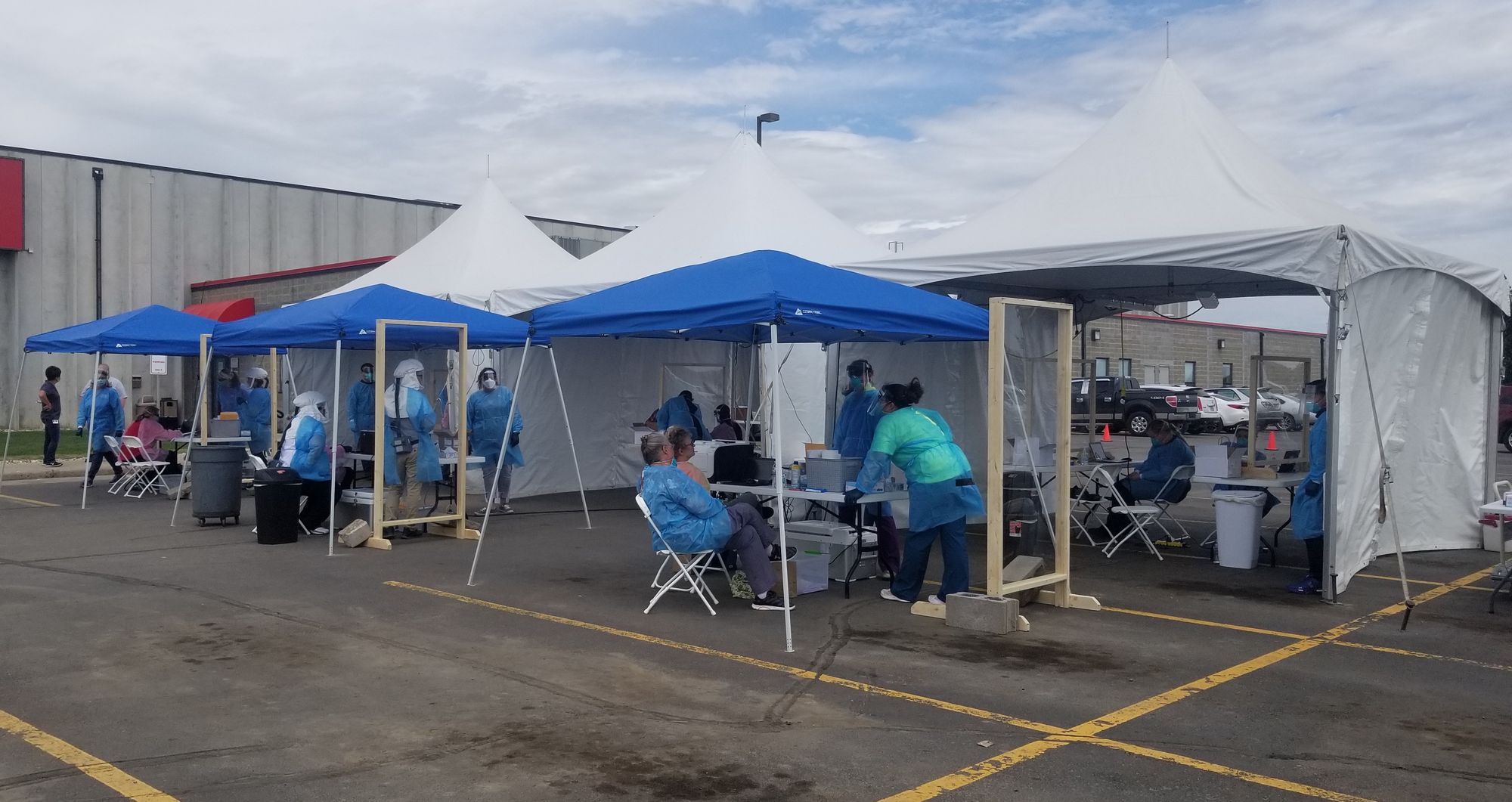
One problem providers have faced is that federal Medicare and Medicaid programs did not in many cases reimburse providers for tele-health appointments and care. During the pandemic, the CARES Act has expanded reimbursement of tele-health and provided $158 million in funding for providers to engage in tele-health and improve tele-health services. The Community HealthCare Association of the Dakotas received about $450,000 in the latest round of payments on June 24 for computers and videoconferencing equipment to expand services
Rural health providers are hopeful the tele-health reimbursements may be made permanent once the pandemic subsides.
Another growing gap in rural health is the dearth of behavioral-health options for small-town residents and a lack of follow-up care after surgeries or physical injuries. Small-town clinics sometimes serve as hubs for independent providers who treat rural patients. In Faith, S.D., the Horizon clinic rents space to a private, independent physical therapist who visits weekly and has a strong patient base.
A roadblock to expanding rural health care in South Dakota has been the state’s refusal to expand Medicaid coverage as allowed by the Affordable Care Act. Lawmakers have not approved the eligibility expansion that would cover about 43,000 more people under Medicaid and enable the state to receive federal funding to support much of that care. The option to expand protection has been available for several years; it does not appear at this time that the state is moving toward expanding eligibility.
The pandemic has made it even harder for Native Americans in South Dakota to get health care at any level, from preventive and emergency care to treatment for major illnesses or by specialists, said Jerilyn Church, CEO of the Great Plains Tribal Chairmen’s Health Board.
Native Americans have access to care at federally supported Indian Health Service facilities, but those hospitals have been underfunded for years, Church said.
“Indian Health Services have been funded at 50% of the need for a really long time,” Church said. “So, while facilities are there, they’re not designed to meet the need and demand of what is needed.”
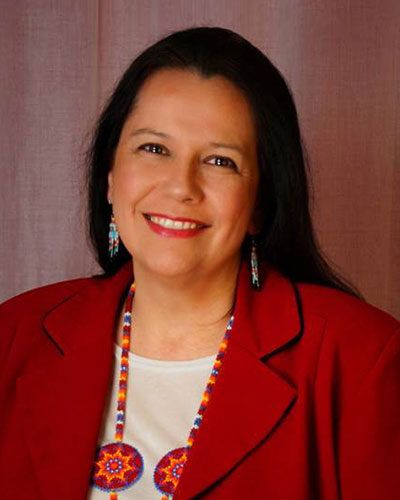
Meanwhile, a long-range trend has seen IHS hospitals become centralized geographically and offer less services over time by replacing full-service hospitals with local clinics, increasing travel times for Native patients and forcing more into the non-federal health-care system.
During the pandemic, tribal leaders have locked down reservations and taken bold steps to reduce the spread of the virus, generally seeing success in limiting infections.
But Church said tribal health facilities remain woefully inadequate to meet the needs of Native Americans, who suffer high levels of poverty and high rates of chronic illness.
“The ideal situation during a pandemic is that we would have the ability to manage in-patient care on the reservation,” she said. “But with Indian Health Services as it is, tribal members are relying more on large health systems to provide care, requiring them to travel great distances.”
Church said her organization is working on a long-range solution by increasing the number of Native Americans who enter the health field, thereby building a system in which tribal members become able to live with and treat members of their own communities.
“We hope to accomplish much if we are a healthy people,” she said. “It really does begin with growing our own and ensuring that our babies, our children, our new moms all the way up to our elders are receiving the best quality care that they can.”
— South Dakota News Watch reporter Nick Lowrey contributed to this report.



